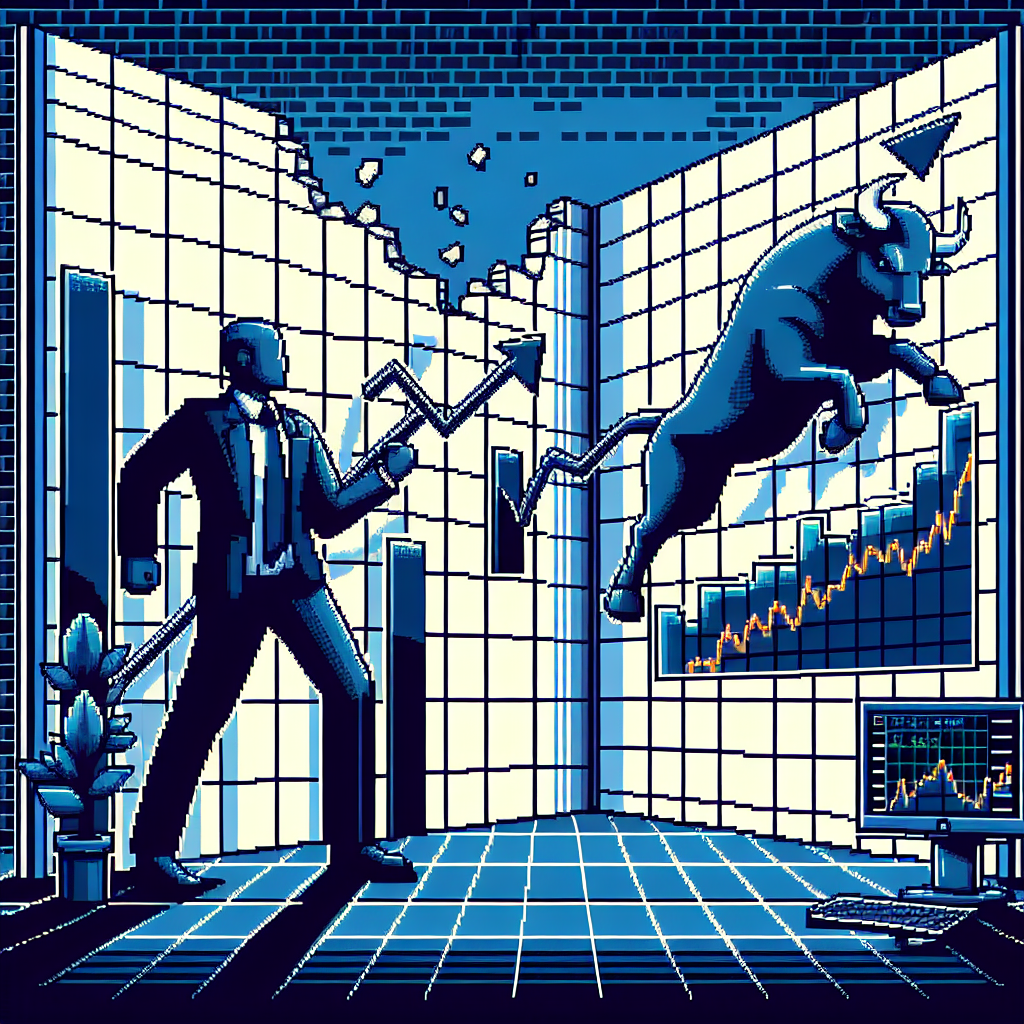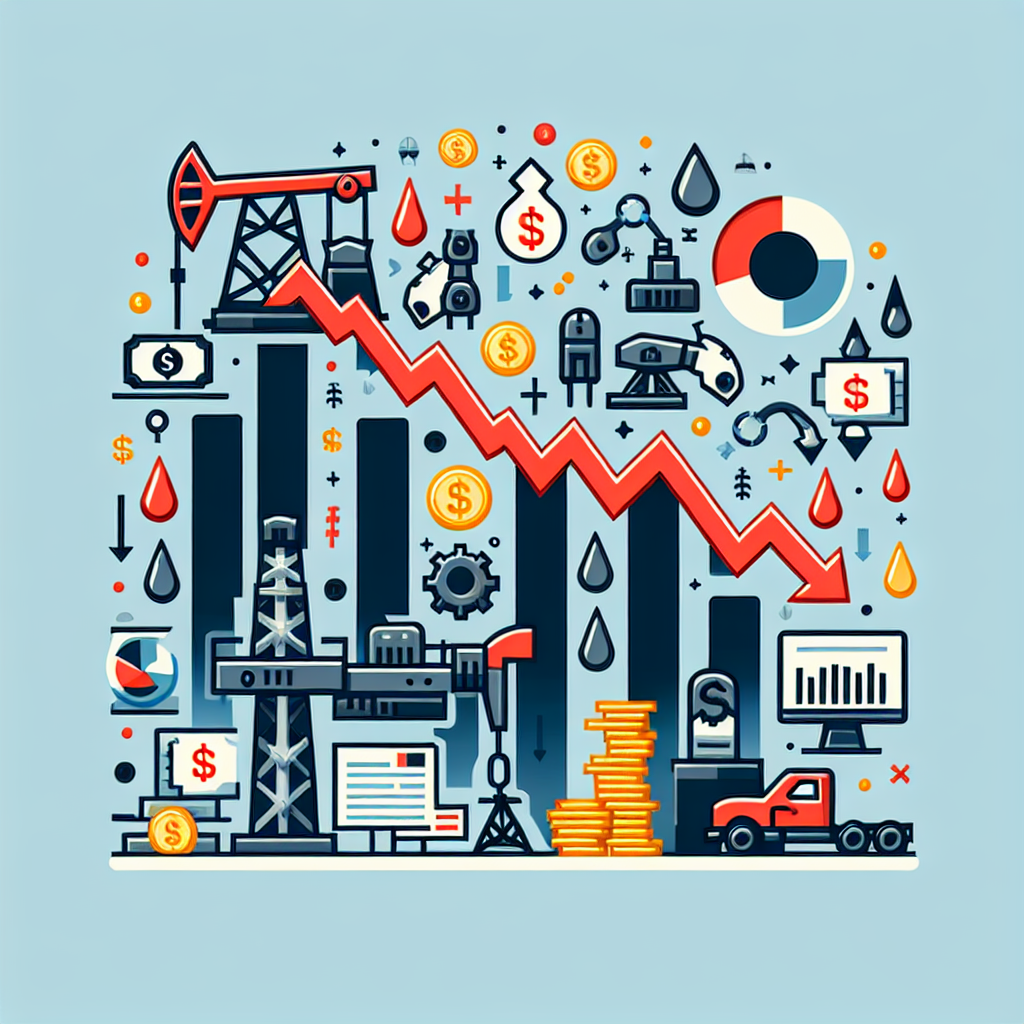The stock market won’t crack. Bulls say it’s time for a breakout to new highs. - MarketWatch | Analysis by Brian Moineau
**Title: Is the Stock Market on the Brink of a Breakout or Just a Balancing Act?**
In the ever-volatile world of stock markets, the current buzz is about whether we're on the verge of a significant breakout or just teetering on another edge of uncertainty. A recent MarketWatch article highlights this conundrum, where bullish investors are optimistic for new highs, yet strategists caution that periods of high uncertainty rarely lead to sustained breakouts. It's like being on the edge of your seat during a thriller movie, except this time, the stakes are your financial future.
**The Bullish Perspective**
Bulls are typically the market optimists. They see the glass as half full and believe that the market is primed for a breakout. Their optimism is often fueled by indicators like strong corporate earnings, low unemployment rates, or technological advances that promise increased productivity. Recently, the bulls have also been buoyed by hints of stability in geopolitical tensions and the potential for interest rate adjustments by central banks, which could stimulate economic growth.
It's reminiscent of the optimistic spirit seen in other sectors, like the resurgence of vinyl records in the music industry or the unexpected box office success of indie films. Sometimes, a little hope and perseverance can indeed lead to a breakout success.
**The Strategist's Caution**
On the flip side, strategists warn that the market's current state of high uncertainty – driven by factors such as inflation concerns, geopolitical tensions, and mixed economic signals – isn't fertile ground for a sustained breakout. It's important to remember that the stock market is not just about numbers; it's about sentiment, psychology, and sometimes, sheer unpredictability.
This cautious approach is akin to the careful strategies employed by championship-winning sports teams. Take the New England Patriots under Bill Belichick, for instance. Success wasn't just about bold moves but also about cautious, calculated plays that accounted for every variable. In both sports and the stock market, understanding the landscape and preparing for all possibilities can be crucial.
**Connecting the Dots**
In the broader context, this stock market scenario is not unlike the fluctuating dynamics seen in other areas of the world today. Consider the energy sector's roller-coaster with renewable energy's rise juxtaposed against fossil fuel dependency. Or the tech industry's constant flux, where today's innovation could become tomorrow's obsolescence.
Global events, such as climate change initiatives or the ongoing shifts in international trade policies, also play a role in shaping market sentiments. These factors contribute to the high uncertainty that strategists warn about, yet they also offer potential opportunities for those who are prepared.
**Final Thoughts**
As we navigate this intricate dance between optimism and caution, it's essential to stay informed and agile. The stock market, much like life, is unpredictable. While bulls may dream of a breakout, and strategists urge caution, perhaps the key is to find a balance between the two perspectives.
In the end, whether the stock market soars to new heights or maintains its current course, the best strategy might just be to remain adaptable and ready for whatever comes next. After all, in both investing and life, the only constant is change. So, stay curious, stay informed, and remember to enjoy the journey as much as the destination.
Read more about AI in Business

















